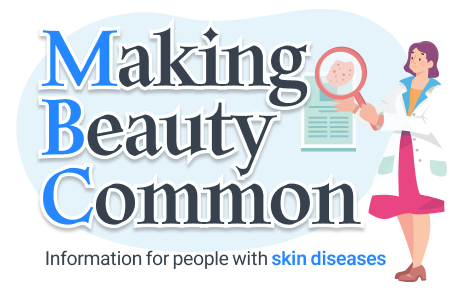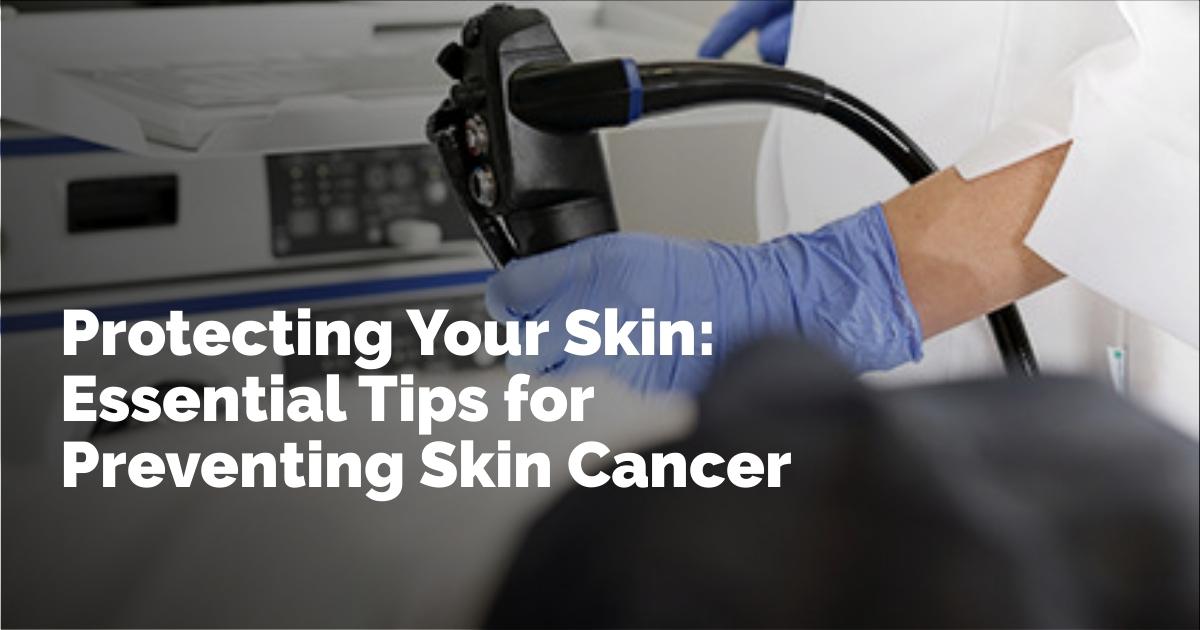Understanding Skin Cancer Types and Risks
As the summer sun beckons, prompting us to step outdoors and engage in a myriad of activities, we mustn't forget the silent risks associated with increased sun exposure. While sun-filled days are often cherished, they come with an elevated risk of skin cancer, a disease that claims countless lives every year. Dr. Frank Morocco, a dermatologist at OhioHealth, illuminates the path toward understanding and preventing skin cancer—a mission crucial during these warmer months.
Skin cancer, as Dr. Morocco explains, manifests in several forms, with basal cell carcinoma and squamous cell carcinoma being the most prevalent. These types generally manifest on parts of the body frequently exposed to ultraviolet (UV) light. Beyond these common forms sits melanoma, a more aggressive and invasive type of skin cancer capable of spreading throughout the body and proving to be more life-threatening.
The ABCDEs of Mole Examination
A steadfast approach to early detection is meticulous self-examination. A critical tool in this is the ABCDE rule, a simple yet comprehensive guideline to follow when checking your moles monthly. Here's what to look for in your skin assessments:
- Asymmetry: Ideally, a mole should mirror itself if bisected; any lack of symmetry may be a warning sign.
- Border: Smooth, even borders are typical of benign moles, while an irregular or jagged outline could indicate a problem.
- Color: Consistent coloring throughout a mole is a positive sign. Variations or multiple shades might warrant concern.
- Diameter: A mole should generally remain smaller than a pencil eraser. Any growth beyond this could be an alarm bell.
- Evolving: Stability is key. Any changes in size, shape, color, elevation, or other traits should be promptly evaluated by a physician.
Dr. Morocco stresses the importance of these criteria, noting, "If you notice a mole you’ve had for a long time and see any factors changing, that’s something that you want to have brought to the attention of your physician." Early detection is instrumental in effective treatment and management.
Sun Protection: A Shield Against Harm
While nature doesn’t owe anyone a seamless blend of relaxation and safety, we can take strides to forge this harmony ourselves. One of the most potent tools at our disposal is sunscreen. Dr. Morocco champions the use of sunscreen with an SPF of 30 or higher to guard against UV light's harmful effects. His preference points toward mineral sunscreens, which reflect rather than absorb the sun’s rays, providing a robust line of defense.
A crucial element in sunscreen selection is to ensure it is broad-spectrum, protecting against both UVA and UVB rays. Additionally, water-resistant or waterproof formulations are recommended to maintain protection even with perspiration or water activities. However, Dr. Morocco emphasizes that the selected type of sunscreen is secondary to its regular and correct use.
Equally crucial is the use of sunscreen by children, who require the same level of protection as adults. Beyond lotions, protective clothing such as UPF-rated outfits, hats, and sunglasses are effective measures. Seeking shade during peak sun intensity further bolsters these defenses.
The Myths and Missteps of Sunscreen Use
Misunderstandings about sunscreen are prevalent, with one major misconception being the belief that reapplication isn't necessary throughout the day. Dr. Morocco underscores the importance of reapplying sunscreen every two hours to maintain its effectiveness, as sweating and water exposure can diminish its protective properties.
Another mistake people often make is skipping sunscreen during cloudy days, under the illusion that clouds filter out harmful rays. Dr. Morocco warns against this oversight, clarifying that "Even if it’s cloudy out, we want to make sure we’re applying our sunscreen." UV rays penetrate clouds, so protection is essential regardless of visible sunshine.
Proper application involves timing as well. Sunscreen should be applied approximately 30 minutes before heading outdoors to allow it to absorb and thus be most effective.
Long-Term Health Habits and Skin Vigilance
The journey to skin safety doesn't end with sunscreen and vigilant mole checks. Cultivating long-lasting habits, such as wearing protective clothing and regular dermatologist visits for professional skin evaluations, significantly contributes to one's defense against skin cancer.
In conclusion, while we enjoy the myriad pleasures of warmer seasons, the importance of sun safety and proactive skin health measures cannot be overstated. By adhering to expert guidelines and remaining informed, individuals can significantly minimize the risk of skin cancer and continue to enjoy the sun safely and without compromise.
출처 : Original Source

